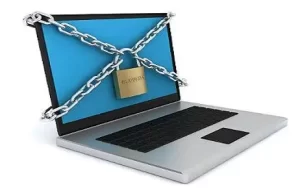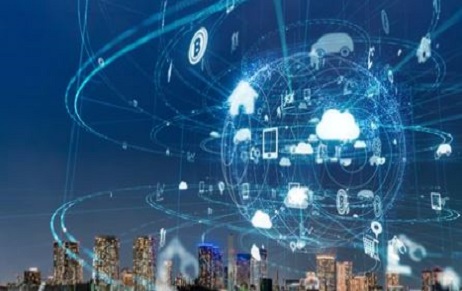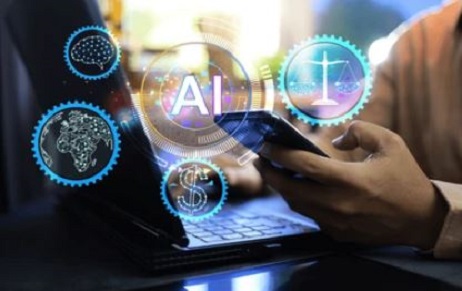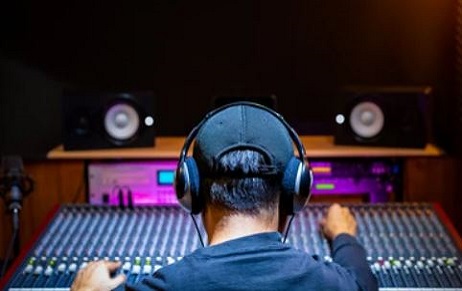A new era started with the innovation of Artificial Intelligence (AI). AI systems can produce…
Copyright Protection of Software under Literary Works
Introduction
A concept itself is not protected by copyright laws; rather, the form or representation of an idea is. The computer language used to describe the underlying idea is what is protected by copyright in a computer programme, not the idea itself. The program’s coding is done separately from one another. In this instance, the programme has effectively articulated the fundamental concept. Thus, the newly created code is the expression and is protected; but, a program’s methods and algorithms are not. An algorithm is a set of clear instructions for carrying out a task. It is a collection of guidelines that specify the processes a computer must take in a certain order in order to process information.
[Image Source: Gettyimage]

Software Protection in India
A concept is not covered by copyright; a work is only protected by copyright when it is given practical embodiment as was stated in the case of Sundial Communications (P) Ltd. v. Zee Telefilms Ltd. . Detailed explanations of the principles governing what constitutes copyright, how it came to be, who owns it, how to transfer or assign it, how to licence it, how to use it, and the rights that it confers. According to Engineering Analysis Centre of Excellence Pvt. Ltd. v. CIT, copyright infringement with regard to computer software is also explained when it does not occur.
The Indian Copyright Act and the Patents Act of 1970 both provide legal protection for software in India, but both laws need a little creative thinking to be employed successfully. For something to be protected by the Patent Act, it needs to have some sort of technological impact. If not, only the 1957 Copyright Act may offer defence. Section 2(o) of the Copyright Act includes computer software, charts and compilations, particularly computer databases, in its definition of “literary work.” Therefore, it is specifically protected. Computer software copyright infringements are subject to the same penalties as other forms of infringement. Detailed explanations of the principles governing what constitutes copyright, how it came to be, who owns it, how to transfer or assign it, how to licence it, how to use it, and the rights that it confers. According to Engineering Analysis Centre of Excellence Pvt. Ltd. v. CIT, copyright infringement with regard to computer software is also explained when it does not occur.
Due to no copyright in court judgments unless specifically stated by the court, the rule that states that if there is a common source, the person relying on it must demonstrate that he finally went towards the known source from which he procured the material, using his own skill, labour, and brain and not copying, would not apply. In accordance with Section 52 of the Act, since there is no copyright inside the original language of the judgements, thus it is clarified that this decision will only apply to court decisions that are part of the public domain as stated in DB Modak v. Eastern Book Company. A literary work is computer software.
Non-Literal Copying
Literal copying is rather simple to spot, however examples of non-literal copying seem to be harder to spot. Courts frequently follow the practise of categorising computer programme components into two groups:
i) Literal Components, including the source and object codes
ii) Non-literal Components: A computer program’s structure, flow, and organisation
Therefore, a set of circumstances where the second programme is implemented in various lines of source code and written inside a distinct programming language, but nevertheless over borrows some important non-literal elements from the original programme like its structure, sequence, and internal organisation, would be a case of non-literal copying.
In Computer Associated International Inc. v. Altai Inc. it presented a three-step test, Abstraction-Filtration-Comparison, to determine whether substantial similarity is met when proving copyright infringement for non-literal elements of software. In Abstraction the court breaks up the program into different levels, from very general to very specific e.g. main purpose, program structure, modules, algorithms, data structures, source code. In Filtration, the court decides what components are absolutely essential to fulfilling the abstract function of the program at the various levels. Also filter out everything that is dictated by efficiency, external factors, or in the public domain. In Comparison, the court looks at the components of the program which are not absolutely essential to fulfilling the abstract function of the program to see if they are similar as stated in Goodyear Tire & Rubber Co. v. Silverstone Tire & Rubber Co. Banking and Finance.
When non-literal elements of the original programme are highly comparable in a second programme, a copyright infringement claim including non-literal copying may be made. Whelan Associates v. Jaslow Dental Laboratory, which stated that by allegory to other literary works, it would seem so that copyrights of computer programmes can be violated even in the absence of copying the literal elements of the programme.
Conclusion
Regarding suggestions to make the software protection a little more airtight, the de-compilation right should be employed only when there is no other way to make the second programme interoperable. This can be the case, for instance, if the second program’s APIs’ (application programming interfaces, which are essential for achieving interoperability) source code is not publicly accessible or the software vendor declines to make it available upon request. Second, the right is only available to those who are creating their own independent programme. Third, the person who is doing the decompiling must also be authorised to use the second software. Fourthly, the de-compilation should limit itself to the portions of the second programme required for compatibility. The information received via the de-compilation should also not be shared with other parties or utilised to create programmes that are substantially similar to the original, since this would violate the owner’s intellectual property rights. These should lastly follow the EU Software Directive .
Author: Arushi Guha, A Student of Symbiosis Law School, Pune, in case of any queries please contact/write back to us via email to [email protected] or at IIPRD.



